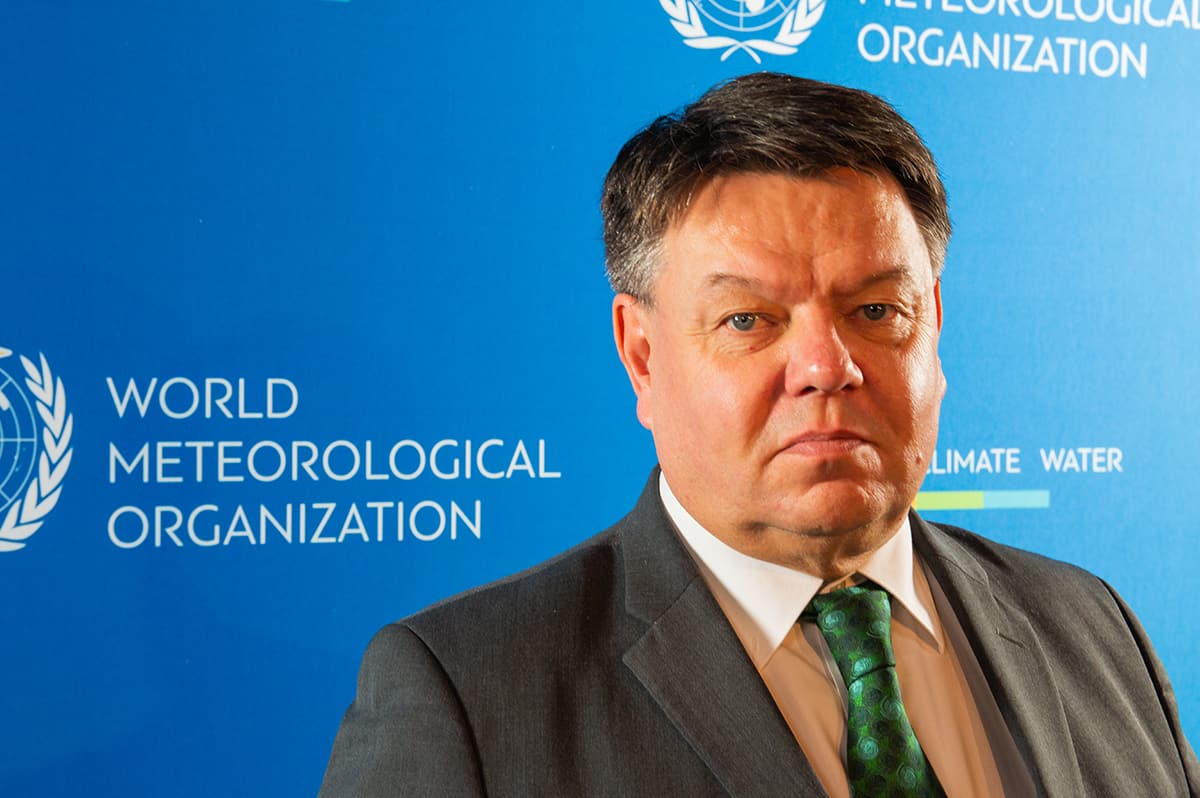
The grounding of commercial air flights during the COVID-19 pandemic has made weather forecasts less reliable. As well as affecting short-term forecasts, the reduction in aircraft weather observations has impacted longer-term forecasts and could handicap early warnings of extreme weather, warns Ying Chen, an environmental scientist at Lancaster University in the UK. This could affect predictions of monsoons and hurricanes latter this year, Chen says, leading to additional economic damage from the coronavirus pandemic.
Commercial aircraft are a critical component of meteorological observations, collecting data on wind, air pressure, temperature and humidity as they traverse the globe. But the availability of these observations has reduced dramatically due to the global coronavirus lockdown. More than 20 commercial airlines had grounded all flights by the end of March, and around 12 had stopped all international flights. According to the World Meteorological Organization this led to a loss of 50‐75% of aircraft weather observations between March and May.
When Chen analysed weather forecasts in March, April and May 2020 compared with the same period in the previous three years, he found a significant drop in the accuracy of predictions of surface temperature, relative humidity, air pressure and wind speed. The study, described in Geophysical Research Letters, reveals a fall in the accuracy of short-term, 1-3 day forecasts, particularly over remote areas and regions that are usual very flight heavy, and a larger deterioration in longer‐term, 4-8 day forecasts.
Significant drop in accuracy
In February 2020 weather forecasts were more accurate than in 2017, 2018 and 2019, and that improvement could have continued if aircraft observations had carried on as usual. Instead, the accuracy of surface temperature forecasts over Greenland and Siberia reduced by up to 2 °C, and predictions of surface wind speed and pressure deteriorated as forecasts extended. Forecasts in North America, southeast China and Australia have also been greatly affected. However, western Europe’s dense network of around 1500 meteorological stations appears to have lessened the impact in the region, despite a dramatic reduction in normally heavy flight traffic.
Forecasts in the northern hemisphere have been greater effected, as air traffic is usually heavier than in the southern hemisphere.

How COVID-19 is impacting global weather and climate observation
Chen warns that as the pandemic develops the lack of aircraft observations may become more severe, leading to a further drop in forecast accuracy. The error could become very large for longer-term forecasts, and Chen told Physics World that tropical storms need to be watch closely. “My study shows less reliable pressure forecasts, this could impact the forecast of monsoon and hurricane development,” he explains.
The loss in meteorological data could affect climate change monitoring. “The question is how large the impact on future climate analysis will be,” Chen says. “This I cannot tell, it will depend on how much longer we have to wait to return to normal.”
To tackle the dearth of measurements, Chen says more ground-based and balloon observations need to be introduced, as “these can buffer the impacts to some extent”. He adds that Europe has already started to do this.
